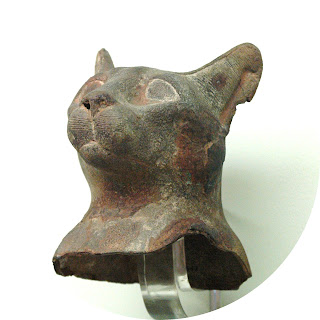Still in Istanbul. Today we went first to Sirkeci station, famed as the terminus for the Orient Express. We visited the platform that train comes in on, and looked into the station master's office, and the room behind, that could have come straight out of Agatha Christie!

The 'trams' or 'light rail' run between dedicated stations.
You need to use your electronic ticket to gain access. Efficient!

The Alay Pavilion, built above the outer wall of Topkapı Palace
for the Sultans to watch the ceremonies.
We then went up to Hagia Sofia, a building that started life as a Byzantine basilica, later became a mosque, and is now a museum which shows both the Christian and the Islamic sides of its history. It's almost unnerving to find Christian motifs, like the Madonna and Child, coexisting with the Islamic mihrab and minbar and Islamic calligraphy. In some ways it reminded us of the Mezquita-catedral de Córdoba, where the history went the other way, and a mosque became a catholic cathedral.
After exploring Hagia Sofia for a while, we went on to Hagia Irene, The first church built in Constantinople. It retains its original character, but is more often today utilised as a venue for classical concerts -- apparently its acoustic is phenomenal. The church itself is rather sad, needing a lot of TLC to bring it back to its former majesty.

We stopped for lunch at Mom's Corner.
Note the lady in the window
preparing the flat bread for the dürüm (wrap)!
After this, we went into the Istanbul Archaeology Museums. This is a complex of separate buildings, each devoted to a specific archaeological period. In the Museum of the Ancient Orient, we met Sumerian, Hittite and Egyptian antiquities.
Hittite:

The Treaty of Kaddesh, the earliest known parity peace treaty concluded between the Hittite king Hattušiliš III and the Egyptian pharaoh Ramses II in 1269 BC. A copy hangs on the walls of the UN in New York!

The Treaty of Kaddesh, the earliest known parity peace treaty concluded between the Hittite king Hattušiliš III and the Egyptian pharaoh Ramses II in 1269 BC. A copy hangs on the walls of the UN in New York!
In another, the Tiled Kiosk, we met fine examples of Islamic ceramic art, mainly tiles (a major part of Islamic art) and other pottery.
Distance driven — today, nil; to date, 22,733 miles ( 36,586 km )






































Still worried about you. Lovely exhibits-truly beautiful. Suze looked lost in the waiting room. The orient express areas periodic. Please be careful since Isis is stepping up the heat everywhere in the world and you said you are in a predominantly Muslim area. I love you Cathy Jones.
ReplyDelete